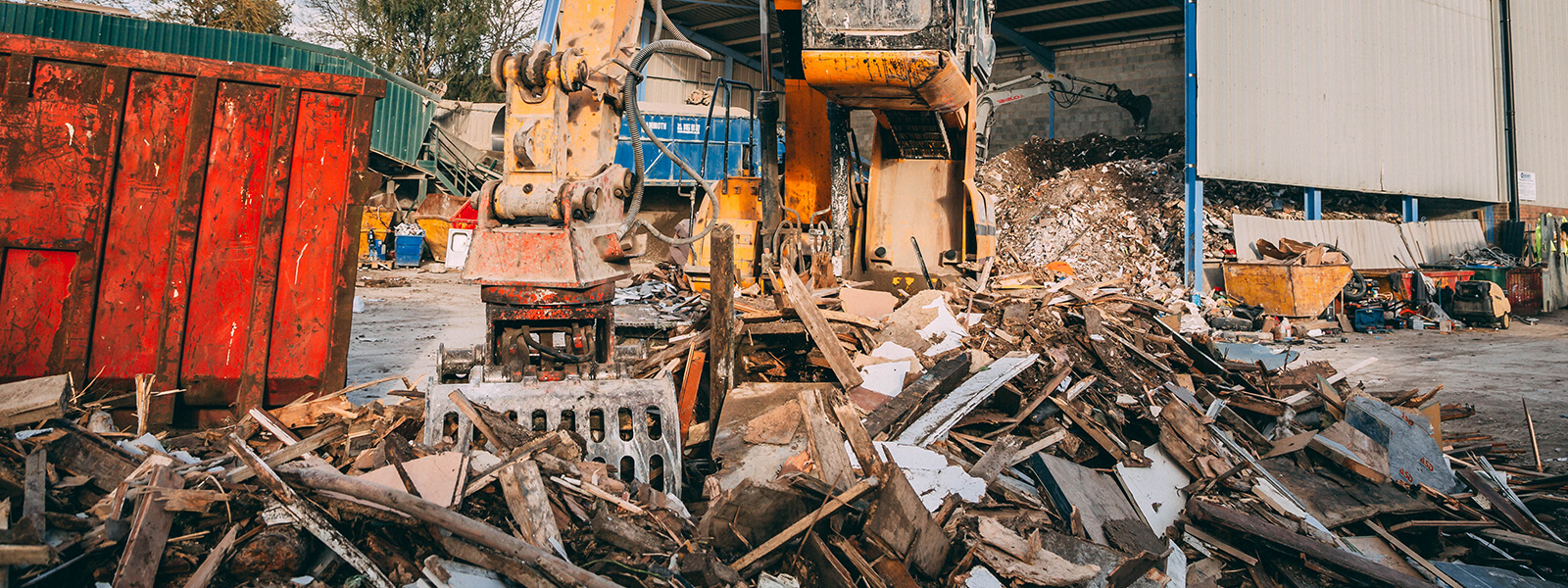What is a Waste Transfer Station?
The days when rubbish was collected from homes and taken straight to landfill are thankfully well behind us. These days, the collection and disposal of waste is a complex business as we strive to reuse and recycle as much as we possibly can.
But how do we decide what kind of rubbish goes where – what can be recycled, what can go towards energy from waste sites and what, regrettably, does have to go to landfill?
This is where waste transfer stations come in, because they are essentially temporary storage facilities and sorting offices that make sure all our waste ends up wherever it can be most useful and/or most environmentally friendly.

What are the benefits of a waste transfer station?
Waste transfer stations are an increasingly essential part of our waste disposal system. With an ever-growing population, we are naturally producing more waste between us. A DEFRA report published in March 2020 recorded that in 2016 (the latest figures available at the time), we were producing a total of 221 million tonnes of waste, compared to approximately 100 million tonnes at the turn of the century. Meanwhile, it is estimated that the average UK household generates over a tonne of rubbish every year.
It should go without saying, but that is an awful lot of rubbish that needs to be sorted. So the first and most tangible benefit of a waste transfer station is that it’s a very efficient waste management system that ensures as much of our waste is recycled as possible.
There is a second, less obvious benefit in that local waste transfer stations can also significantly reduce transport times and costs by consolidating smaller loads onto larger vehicles. That also has a positive environmental impact, because it means we have fewer trucks on our roads.
How do waste transfer stations work?
As described earlier, waste transfer stations are sorting offices for rubbish. Trucks arrive carrying all kinds of waste, which is first weighed before being tipped ready for sorting.
Any hazardous waste in the load will be separated out as soon as possible to reduce any risk of contamination. The remaining waste is then segregated, both mechanically and by hand, into different material types depending on its recyclability, level of hazard and size.
Once separated, the different types of waste can then be forwarded to be recycled, be converted to energy or to landfill.
At Camiers, we currently recycle approximately 90% of the waste we collect and we are constantly striving to increase that number to decrease the amount that ends up in landfill. That includes recycling concrete, hardcore and aggregate to be able to provide recycled aggregates and crushed hardcore ideal for all kinds of construction and DIY projects.
If you would like to know more about our waste management services for both commercial and domestic customers, get in touch by giving our friendly team a call or filling in our online form today.
